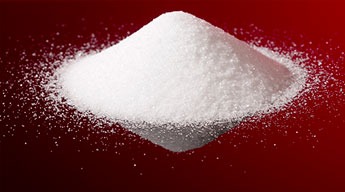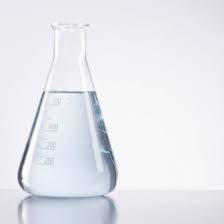Sodium Benzoate
|
IUPAC Name |
: Sodium Benzoate |
|
Cas Number |
: 532-32-1 |
|
HS Code |
: 2916.31.40 |
|
Formula |
: NaC7H5O2 |
Basic Info
|
Appearance Name |
: White Crystalline Powder |
|
Common Names |
: Benzoic Acid Sodium Salt, Sobenate, Antimol |
|
Packaging |
: 25 kg PP Bag |



---india.webp)


 English
English
 Indonesian
Indonesian
 简体字
简体字
 العربية
العربية
 Español
Español
 Français
Français
 Português
Português
 日本語
日本語
 한국어
한국어
 Tiếng Việt
Tiếng Việt
